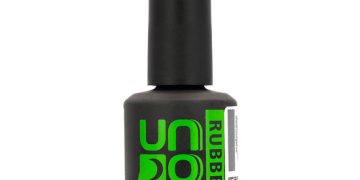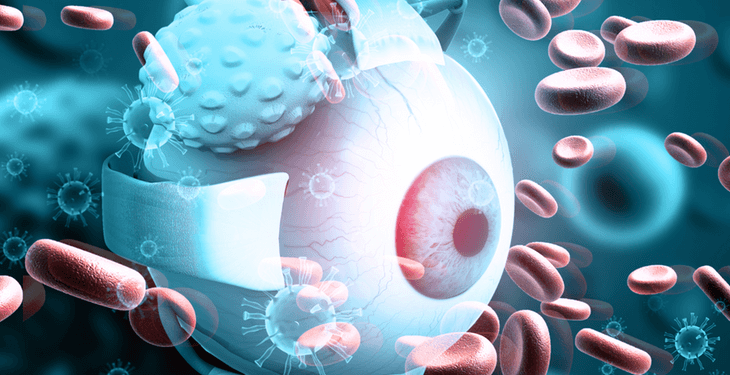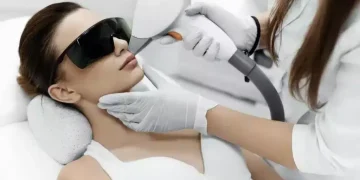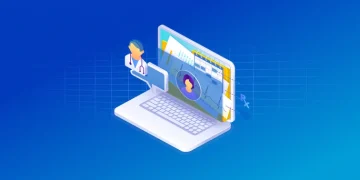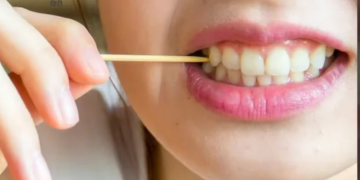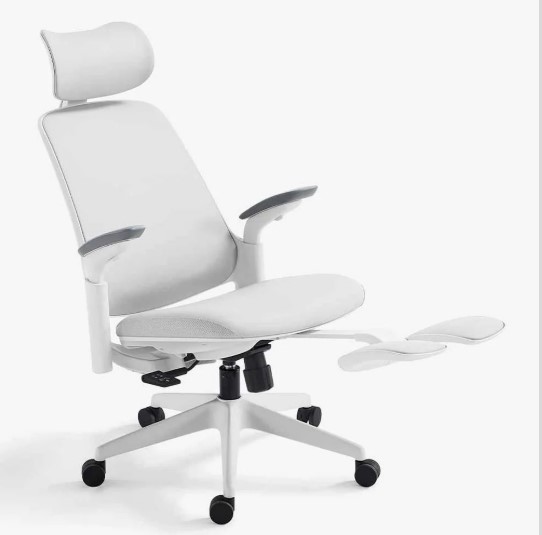As a health care professional, you know that education is essential to ensuring that your patients get the best treatment possible. However, you have probably also realized that traditional methods of educating your patients or clients could be slow and ineffective. With 3d medical animation, however, you can take your message and bring it to life in a way that will help them understand their diagnosis or procedure in a way they never could before.
What is 3D medical animation?
3D medical animation is a visual medium that explains a health concept or process. It is a way to communicate with your audience, which can be very helpful in the healthcare industry. It can educate and inform your audience about things like:
- Medical devices and procedures
- Health conditions and treatments
- How human anatomy works
Who can use 3D medical animation?
The following are some of how this animation can use.
- Medical facilities, like hospitals and clinics, use 3D medical animations to illustrate the anatomy of their patient’s bodies without performing surgery or autopsy. This allows them to plan surgeries or make educated guesses about a patient’s condition without exposing them to serious risk.
- Pharmaceutical companies use 3D medical animations for advertising purposes when trying to sell their products. They can show how each drug works by showing how it interacts with different body parts in real time. This gives viewers a better idea of what they can expect from taking the medication and whether or not they should try it out.
- Healthcare providers use 3D medical animations to help train doctors on complicated procedures requiring hands-on training and visual aids, such as surgical procedures, for comprehension purposes. They also use these simulations when teaching pharmacists about new medications on the market. It can be difficult for students who are new to learning about drugs.
Therefore, this technology will make things easier for both parties involved: trainees get hands-on experience. In contrast, instructors don’t have to spend all their valuable time explaining everything repeatedly.
What are the benefits of using 3D medical animation?
It can explain any concept with greater clarity and detail, whether you are showing students how a specific procedure works or how a drug works inside the body. This means it has uses in different fields of medicine, including:
- Radiology (MRIs)
- Surgery (open heart surgery)
- Dentistry (implants)
Are there any applications for 3D medical animation in my own industry?
First of all, 3D medical animation explains a process or concept. And part of training or education has been used during product development to show how things work. Using it, you can quickly communicate complex ideas in an easy-to-understand way which is essential when working with clients who may not be familiar with what they want from the beginning.
In addition to showing how something works through demonstration, it can also show the results of a process or concept. For example, sales teams must have visuals that they can use when showing their products or services to potential customers. This medium will make their job easier because people respond better when presented with visual information rather than just words alone!
Suppose we wanted our clientele at home suffering from chronic pain caused by an injury sustained several months ago. In that case, we could create videos informing them about various ways they could manage their condition without pharmaceutical drugs such as opioids. But unfortunately, it often leads users down paths toward addiction problems due to overuse.
Final Words
We hope this article has introduced you to the many benefits of 3D medical animation. It’s an exciting technology with a lot of potential for use in your own industry and beyond.



